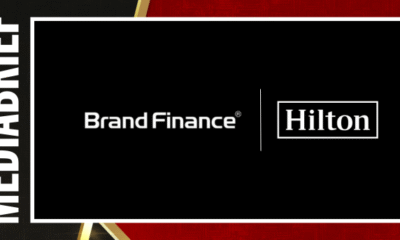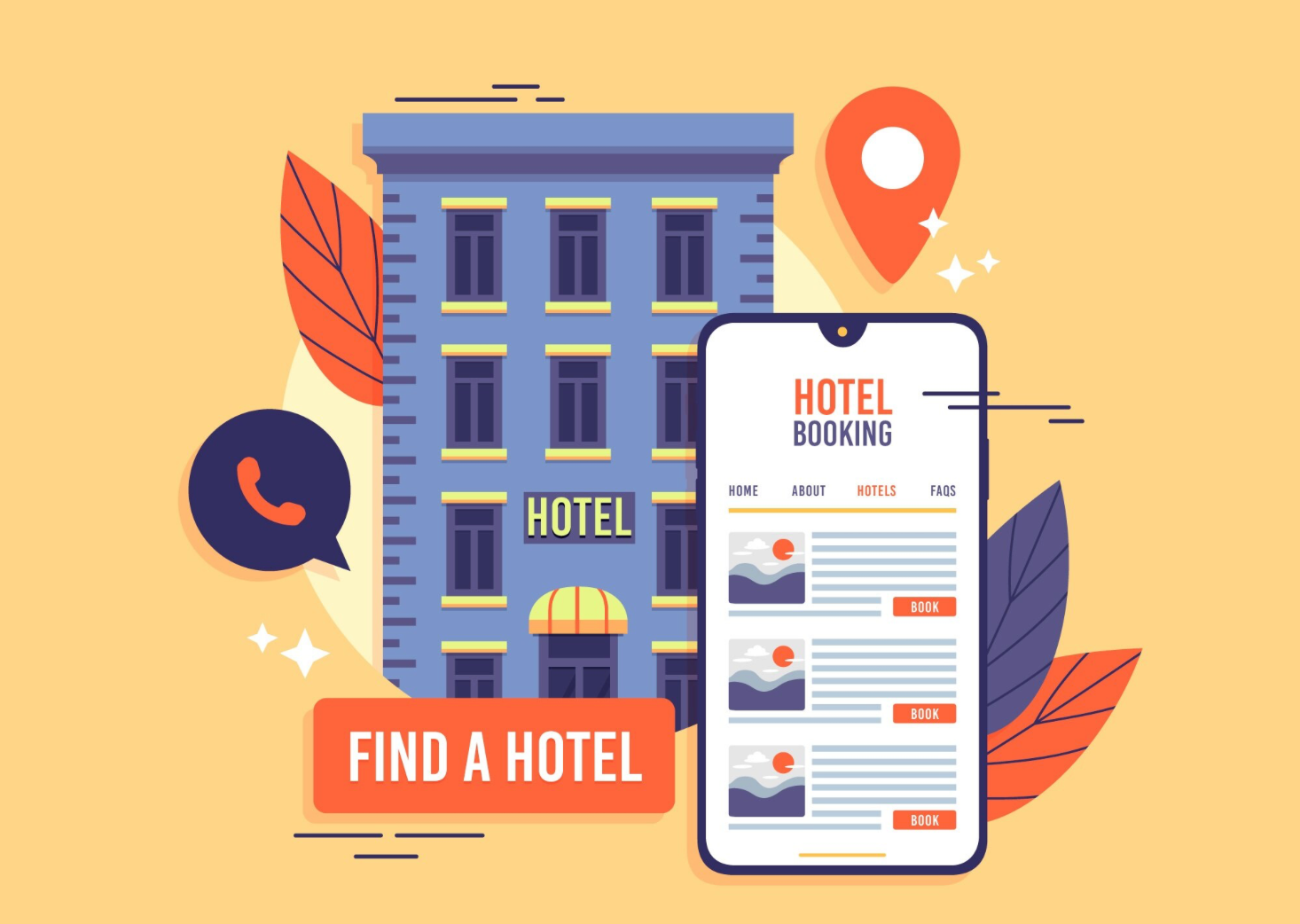The hospitality industry has undergone a seismic shift in the past five years, reshaped by pandemic-driven travel patterns, remote work adoption, and a growing demand for flexible, long-term accommodations. Among the most resilient and lucrative segments emerging from this transformation is the extended-stay hotel sector. For investors and developers, this category offers a compelling blend of strategic real estate development opportunities, operational efficiency gains, and strong cash flow potential.
Post-Pandemic Resilience and Market Fundamentals
Extended-stay hotels, particularly those in the midscale segment, have demonstrated remarkable resilience since 2020. While traditional hotels faced occupancy collapses during the pandemic, extended-stay properties maintained occupancy levels 10 percentage points higher than the industry average in 2024. This durability stems from their alignment with evolving consumer needs:
– Remote Work and Bleisure Travel: The rise of digital nomads and hybrid work models has created a sustained demand for accommodations that blend work and leisure. Extended-stay hotels, equipped with kitchenettes, laundry facilities, and co-working spaces, cater to this demographic.
– Infrastructure and Relocation Demand: Industries like healthcare, construction, and energy require temporary housing for crews, while families relocating for job opportunities increasingly prefer extended stays over short-term rentals.
– Cost Efficiency for Developers: Median development costs for midscale extended-stay hotels stabilized at $167,000–$169,000 per room in 2024, significantly lower than full-service or luxury properties. This cost advantage, combined with steady cash flows, makes them attractive in a high-interest-rate environment.
Strategic Real Estate Development in the Midscale Segment
Developers are capitalizing on the extended-stay boom through innovative strategies tailored to current economic realities:
1. Conversion Projects: Repurposing underperforming limited-service hotels into extended-stay properties has become a cost-effective solution. These conversions reduce construction timelines, lower capital expenditure, and align with market demand for long-term stays.
2. Suburban and Secondary Market Focus: With urban centers seeing slower recovery, developers are prioritizing suburban areas near business parks, hospitals, and infrastructure hubs. These locations offer lower land costs and strong demand from long-term tenants.
3. Pre-Development Planning: High construction and financing costs have pushed developers to focus on pre-development activities—securing entitlements, conducting market feasibility studies, and engaging in architectural design—while delaying construction until conditions improve.
The Q1 2025 U.S. hotel development pipeline underscores this trend, with extended-stay hotels accounting for a disproportionate share of new projects. Brands like Home2 Suites by Hilton and TownePlace Suites by Marriott are leading the charge, leveraging their brand equity to attract investors and guests alike.
Operational Efficiency: The Key to Profitability
Extended-stay hotels achieve profitability through a combination of cost controls and tailored guest experiences:
– Reduced Labor and Maintenance Costs: Weekly housekeeping, lower staff turnover, and reduced wear-and-tear on rooms cut labor and maintenance expenses. For example, a 100-room extended-stay property can reduce daily housekeeping costs from $3,000 to $420 by shifting to weekly cleaning.
– Energy Management: Predictable occupancy patterns allow for optimized energy use, with HVAC systems operating at consistent levels and utility contracts negotiated for long-term savings.
– Technology Integration: Digital tools like self-check-in kiosks, mobile apps, and dynamic pricing systems streamline operations and enhance guest satisfaction. Advanced revenue management systems have boosted RevPAR by up to 19% for some properties.
– Customized Amenities: In-room kitchens, laundry facilities, and co-working spaces cater to extended-stay guests, reducing reliance on in-house food and beverage services while differentiating the property from competitors.
Investment Implications and Strategic Recommendations
For investors, the extended-stay segment offers several advantages:
– High-Yield Opportunities: Attractive cap rates (often 4.5–6%) reflect strong fundamentals and lower perceived risk compared to other hotel categories.
– Resilience in Economic Downturns: Extended-stay hotels have historically outperformed during recessions due to their alignment with cost-conscious consumers and long-term demand drivers.
– Alignment with Demographic Shifts: The rise of remote work, healthcare staffing needs, and infrastructure projects ensures sustained demand for years to come.
Actionable Steps for Investors:
1. Target Midscale Developers: Prioritize companies with a track record in converting or developing midscale extended-stay hotels, particularly those with brand affiliations (e.g., WoodSpring Suites, Hyatt House).
2. Focus on Suburban Markets: Allocate capital to properties in secondary markets near hospitals, business parks, or infrastructure projects, where demand for long-term stays is most robust.
3. Evaluate Operational Efficiency Metrics: Look for operators with strong energy management systems, low labor turnover, and technology-driven revenue optimization tools.
4. Monitor Cap Rate Trends: Extended-stay hotels have maintained stable cap rates despite broader market volatility, making them a defensive play in uncertain economic climates.
Conclusion
The extended-stay hotel sector is not just a post-pandemic anomaly—it represents a fundamental shift in how people travel, work, and live. For investors willing to navigate the complexities of real estate development and operational efficiency, this segment offers a rare combination of resilience, profitability, and long-term growth potential. As the market continues to evolve, those who position themselves to capitalize on the extended-stay boom will likely reap significant rewards.





































You must be logged in to post a comment Login